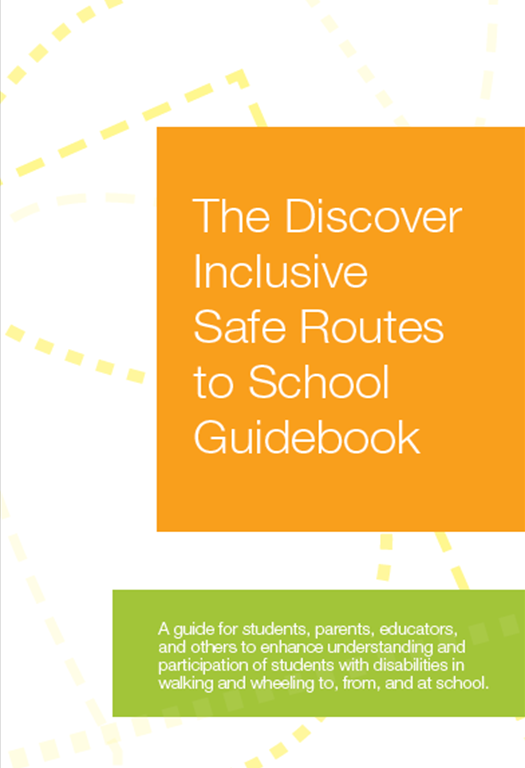 Safe Routes to School is a national organization dedicated to helping local schools and school systems create safe walking and biking routes to and from schools. The number of students who walk and bike to school (as opposed to carpool or bus) has plummeted over the past decades. In that same period of time, childhood overweight and obesity numbers have risen as kids have spent less time engaging in physical activity. Safe Routes seeks to tap into the physical, mental, and social benefits associated with living a healthy, active lifestyle by providing students with opportunities to engage in such lifestyles through walking to school with groups of fellow students.
Safe Routes to School is a national organization dedicated to helping local schools and school systems create safe walking and biking routes to and from schools. The number of students who walk and bike to school (as opposed to carpool or bus) has plummeted over the past decades. In that same period of time, childhood overweight and obesity numbers have risen as kids have spent less time engaging in physical activity. Safe Routes seeks to tap into the physical, mental, and social benefits associated with living a healthy, active lifestyle by providing students with opportunities to engage in such lifestyles through walking to school with groups of fellow students.
While there has been a general increase in inactivity and weight amongst all children, this is even worse in children with disabilities. There are approximately three million school-age children in the United States, and they are over four times as likely to experience reduced physical activity opportunities due to barriers as kids without disabilities. Inclusive Safe Routes to School programs provide an excellent opportunity to promote this much needed physical activity, as well as the mental and social benefits that come from physical activity, program participation, and peer interaction.
NCHPAD has created The Discover Inclusive Safe Routes to School Guidebook, which offers extensive insight, recommendations, and resources for creating or adapting a Safe Routes program that benefits all children by utilizing inclusion as a cornerstone principle. Some topics covered in the Guidebook include:
- benefits of and barriers to participation in Safe Routes programs for students with disabilites
- inclusive planning and design accommodation recommendations
- strategies for inclusive participation
- recommendations on promoting the program through various media
- volunteer training recommendations
 additional resources including assistive technology descriptions, sample flyers, further readings, and program evaluation forms
additional resources including assistive technology descriptions, sample flyers, further readings, and program evaluation forms
To learn more about and request a printed copy of the Guidebook and/or to receive technical assistance regarding creating an inclusive Safe Routes to School program, please contact NCHPAD. Follow this link to view and download the Guidebook.
Additional Safe Routes to School resources:
- SRTS Home Page: http://saferoutespartnership.org/
- SRTS Resource Page: http://www.saferoutesinfo.org/
- How I Walk campaign factsheet: https://www.nchpad.org/howiwalk/
